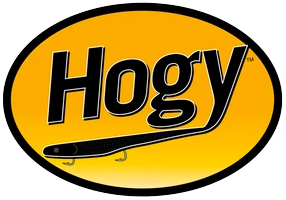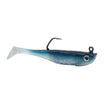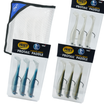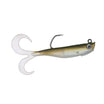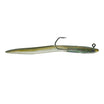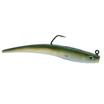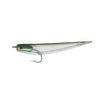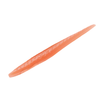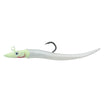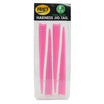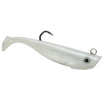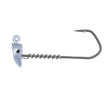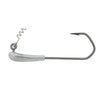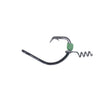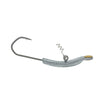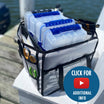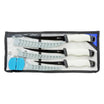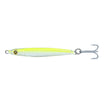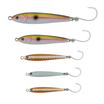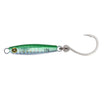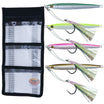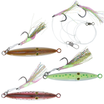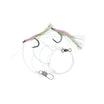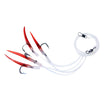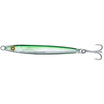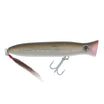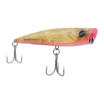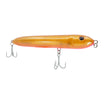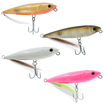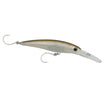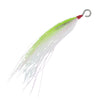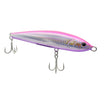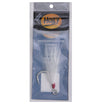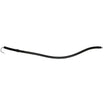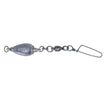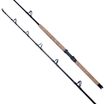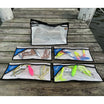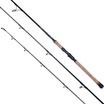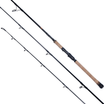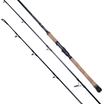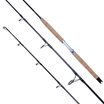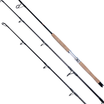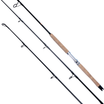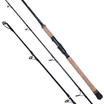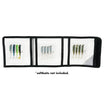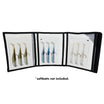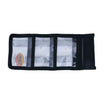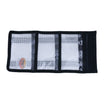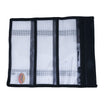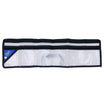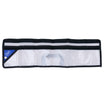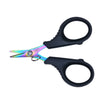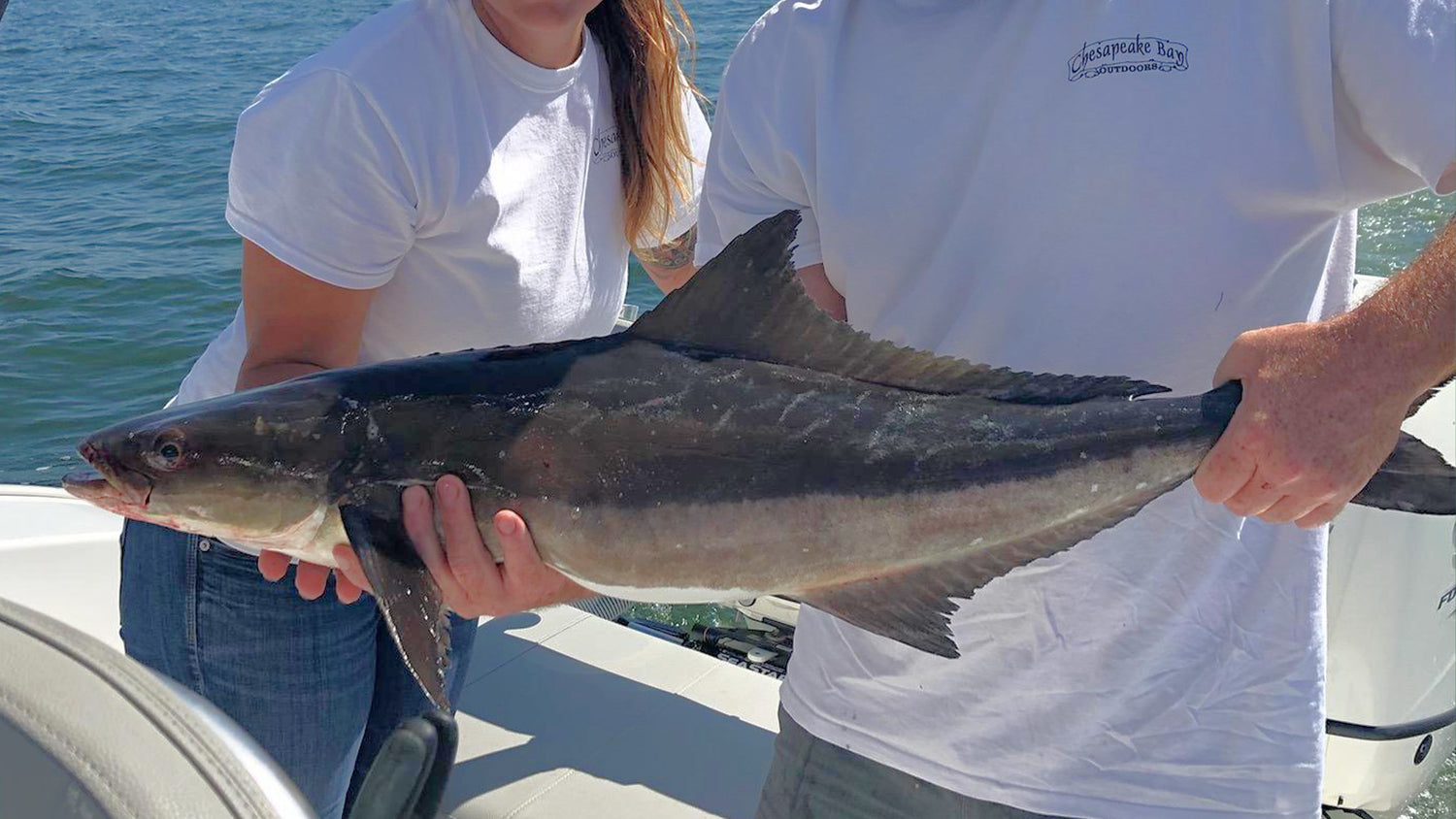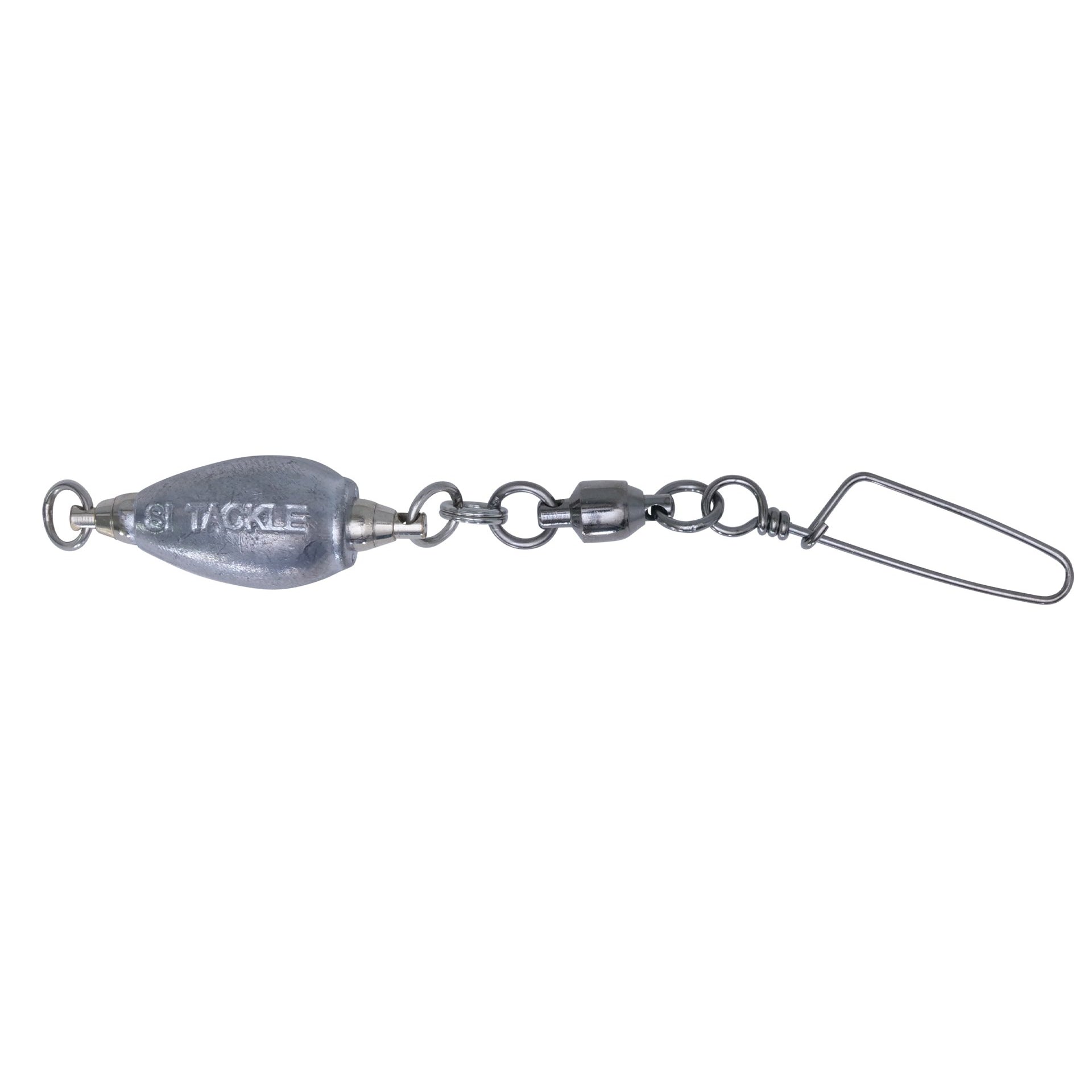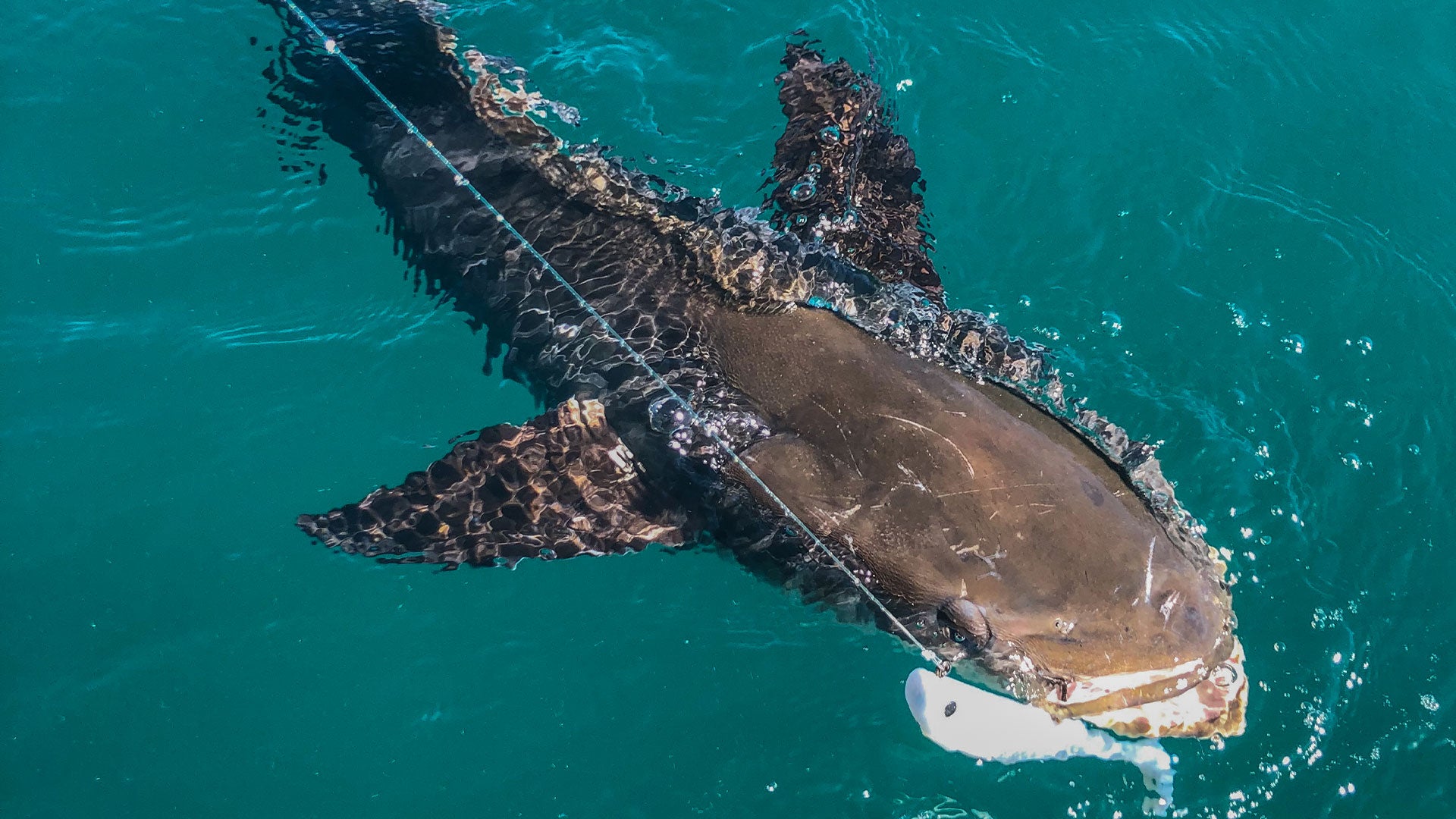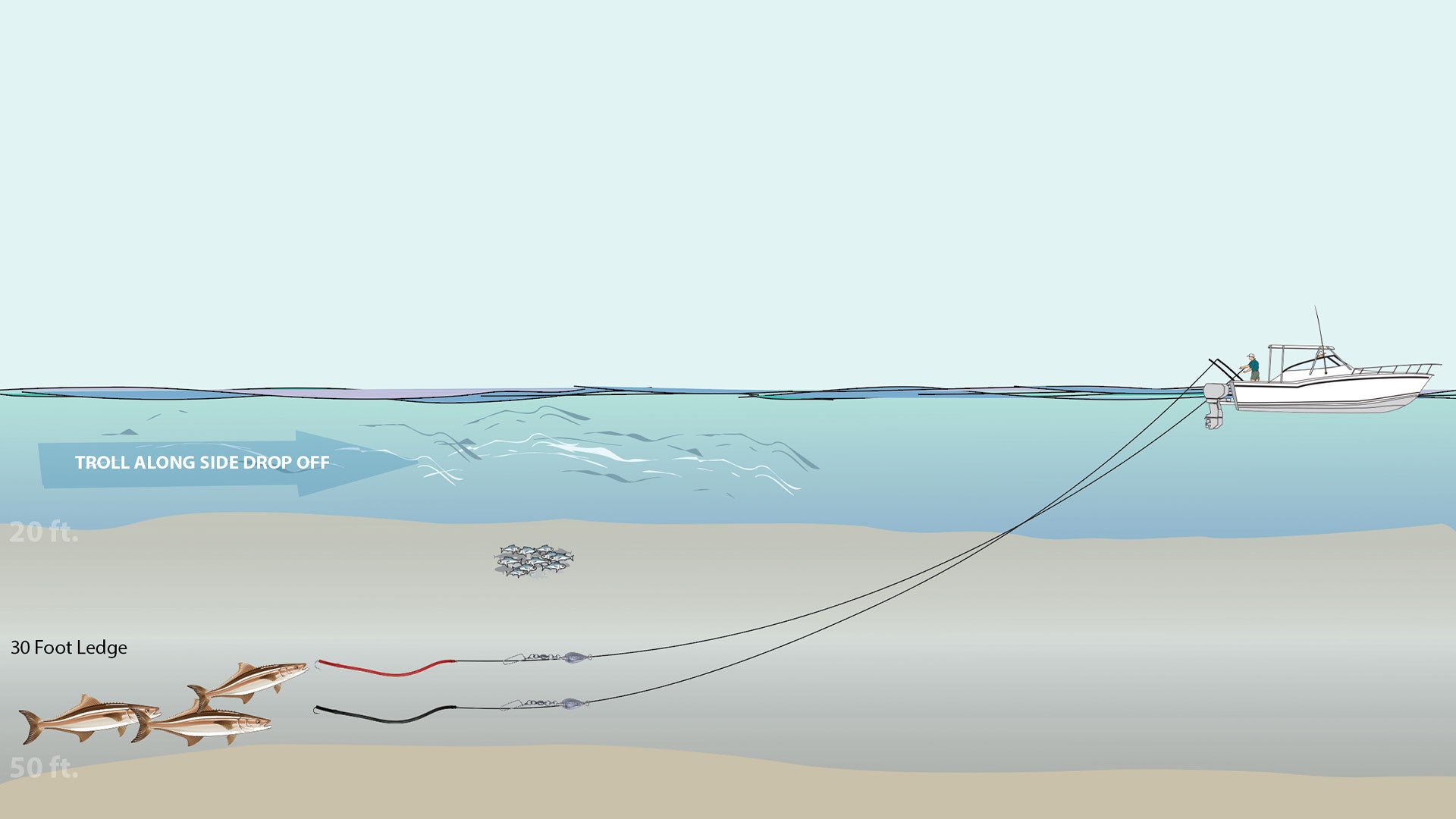The traditional tube and worm lure has been used by Striped Bass anglers for decades. Recently, we've seen a dramatic uptick in our Mid-Atlantic customers using the Hogy 19" and 24" Perfect Tube to target migratory populations of cobia along Virginia Beach and the Lower Chesapeake Bay area.
Trolling a tube lure for cobia offers several advantages when run and gun style sight fishing isn't producing.
1. Depth Control: Trolling tubes can be fished at specific depths with the use of lead core line, in-line trolling weights and planers. Tubes are often trolling in water as shallow as ten feet deep all the way out to fifty plus foot depths.
2. Thoroughly Cover Productive Areas: As we've learned from customer feedback and reports, the most productive areas to troll tubes for cobia are along the edges of drop offs where flats in fifteen to twenty foot depths drop quickly to fourty and fifty foot. The tube lures are trolling parallel to the drop off, close to the bottom. Using depth control, the tubes can be raised or lowered in the water column when fish are marked on the depth finder.
3. Tubes Proven Attraction To Cobia: It's no secret that live or fresh dead eels are a top bait choice for sight fishing cobia. Long, slender, undulating tube lures mimic the casual swimming motion of a live eel when trolled at speeds of 2mph to 3mph. We have seen a preference by customers to user darker colors like the RedWine and Black colored Perfect Tube when targeting cobia.
4. Presentation Flexibility: Slow trolling still allows anglers the opportunity to quickly deploy a jig, softbait or live eel to surface swimming cobia. Tube and worm trolling presentations can be quickly retrieved and deployed when a fish is hooked or sighted.

Specifics: How To Troll Tubes For Cobia

Lead-Core Technique: In the past, we've often used light tackle conventional setups spooled with lead-core line for trolling the tube and worm. Lead-core can often be fished on much lighter tackle than wire-line outfits and gives the angler a more sporting opportunity to target cobia on lighter tackle.
Reels are spooled with 150 to 300 yards of 50lb braid backing, then topped with 100 yards of lead-core line. We usually recommend 36lb lead-core for it's depth range. A long six to eight foot section of 40lb - 60lb fluorocarbon leader is then attached to the lead-core line via uni-uni or alberto knot. Finally, the leader is connected directly to the Hogy Perfect Tube's Ball Bearing Swivel for a twist free, slow swimming presentation.
With the boat in gear, at a speed around 2.5mph, begin deploying the tube and lead-core line. As the lead-core is deployed, pay close attention to the rod tip and line for signs that the tube has touched bottom, this is usually felt as a slight tick or dragging sensation. Engage the reel to stop releasing line and retrieve a few turns on the spool to keep the tube lure a few feet above the bottom.
When trolling the rod can be held by an angler, with the rod tip facing out and toward the water, or left in a rod holder with the drag set just below strike.
New In-Line Lead Weight Trolling Method: We have recently released the Hogy In-Line Trolling Weight as a simple and effective method for anglers to use conventional and spinning tackle for light tackle trolling. Currently offered in 3oz and 4oz weights, this unique rigging will allow anglers to use braided line and the trolling weight to troll up to forty foot depths with ease.
To deploy the in-line lead and Hogy Perfect Tube, engage the motor to a speed around 2.5mph and begin deploying line until the weight bumps bottom. This can be seen as a quick slack in the line, or a bend in the rod tip. Retrieve a few cranks of line to pull the tube lure a few feet above the bottom. Every few minutes, free spool line until the weight reaches bottom and retrieve a short distance to keep the tube just above the bottom.
Setting The Hook & Fighting Fish

A fish striking the tube is quite different from other fishing methods. Most commonly the rod will begin loading as drag begins to pull from the reel. At this time, get a firm grip on the rod and allow the rod to continue to load for a few moments. If a cobia has gripped the mid-section of the tube, they will slide down the tubing until reaching the hook and being set. After this short pause, the angler can begin fighting the fish. We recommend using a moderate drag setting of ten to twelve pounds when fighting the fish. Heavy drag and jerky rod movements increase the changes of dislodging the hook and loosing your fish.
